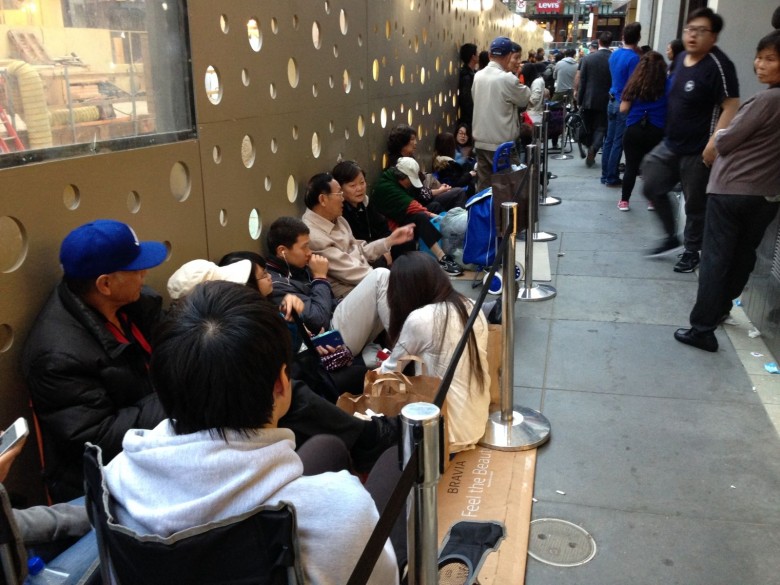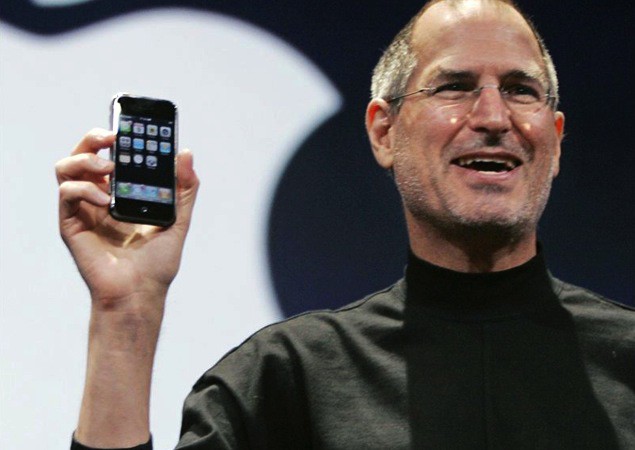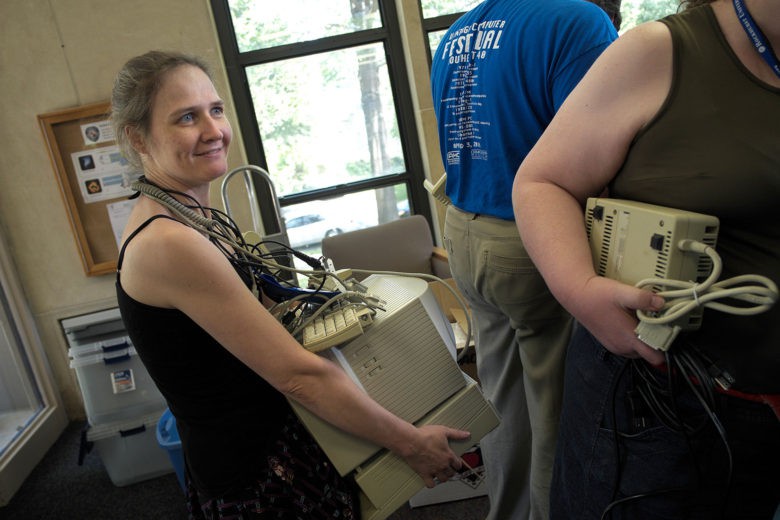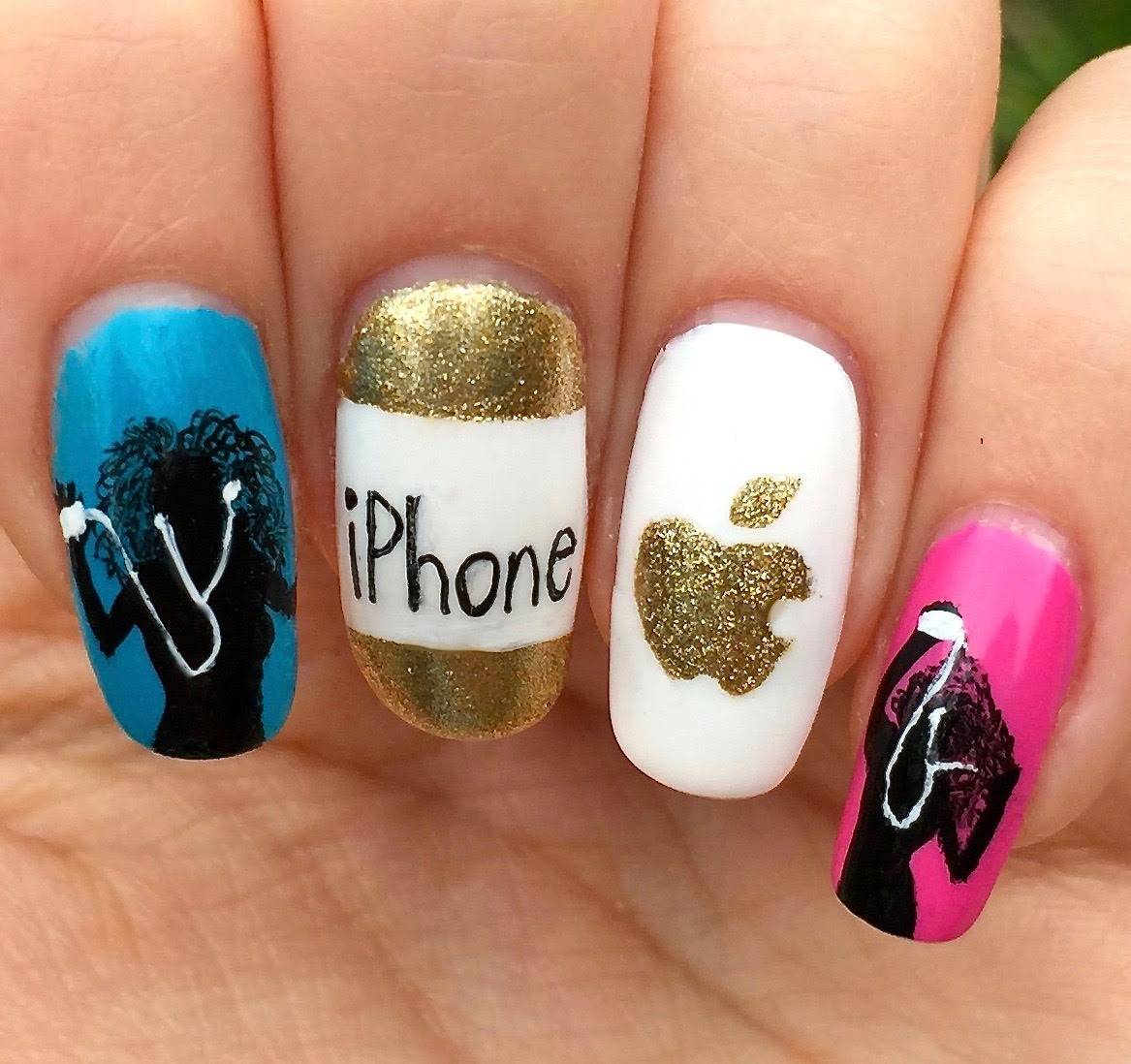Apple co-founder Steve Jobs’ uncompromising demands and brutal assessments of products in development paint a picture of a CEO who cared little about his colleagues’ feelings.
That’s because he was obsessed with yours.
A report published this week points to this and shows what is arguably the most brilliant and enduring part of his legacy.
The report on brand intimacy by the firm MBLM ranked Apple as the most intimate brand in the U.S. MBLM (pronounced emblem) looked at brands and how emotional bonds with customers impacted growth and performance.
Feelings matter and they are profitable. The 10 most-intimate companies outperformed S & P and Fortune 500 indices for revenue and profit, according to the report which looked at nearly 400 brands across 15 industries.
Second to Apple was Disney, and then Amazon. Harley Davidson was fourth followed by Netflix, Nintendo, Samsung, Whole Foods, BMW, and Toyota.
The bond between fan and Apple device has been described as religious devotion. Some might see the Cult in the name of this website, Cult of Mac, as cute hyperbole.
On the other hand, you don’t see people lining up days ahead of time to buy the latest Dell product. There are people who like their HP computers, but none have co-founders David Packard or William Hewlett tattooed on some part of their body. And even if you can name one of IBM’s founders, you won’t see him pictured on a plush body pillow.

Photo: Ayano Tominaga/Instagram
However, those things are true of Apple, Jobs and a part of the rich, quirky community of fans who revere Jobs and believe their lives are vastly better because of that iPhone in their pocket or the Mac on their desk.
Apple nurtures the bond with elegant designs of its hardware, a personal and easy to use interface with pleasing fonts, friendly colors and a willing assistant in Siri. Even the packaging has to do its job. Apple is said to have a room dedicated to unwrapping your device, with a staff of people that rate the experience in opening various proposed box concepts.
PC and Android users roll their eyes, make fun of Apple users by referring to them as fanboys and even take to online tech forums to express hate for Apple. The stirring of emotion on this end of the scale only intensifies the energy – the deep love, if you will – of this unique brand community.
“There’s a shared madness here,” said Albert Muniz, a marketing professor at DePaul University in Chicago. “The seething resentment, the insults, even the term cult comes with negative baggage and this lends legitimacy to a true membership.”

Photo: Traci Dauphin
The key ingredient to making the Kool-Aid taste so good comes from Apple’s marketing. While tech observers can quibble about device performance and whether something is truly innovative, few would doubt’ Apple’s supremacy with advertising.
Consider the now-famous “1984” commercial during the Super Bowl that year to introduce the first Macintosh computer. In it, a heroine seemly representing the Mac runs into a sea of brainwashed marching figures and hurls a hammer towards a screen with a Big Brother figure as he announces “we shall prevail!”
The commercial, directed by Ridley Scott, is now part of the Clio Awards Hall of Fame and ranks first on a list of the 50 greatest commercials according to Advertising Age.
Some of Apple’s other campaigns have also become famous, from the “I’m a Mac, I’m a PC” commercial to “Shot on iPhone 6,” a series of billboards, bus stop placards and magazine ads featuring the photography of everyday iPhone 6 users.
Ad-man and public radio host Terry O’Reilly, host of the CBC show Under the Influence, said building a loyal customer base was “the burning coal at the core” of Jobs.
For all of the ways the “1984” commercial influenced Super Bowl advertising and productions values in filming commercials, it most importantly “captured the heart of Apple and sealed it in amber,” O’Reilly told Cult of Mac. “That commercial dramatically told viewers that Apple was taking the computing power hoarded by corporations, and was giving it to the people.
“If you look at every commercial Apple has created since 1984, you see the DNA from that message in every execution. Every Apple commercial shows an individual – rarely does it show a group. It shows one person achieving something beautiful and meaningful using an Apple product.
“One more thing – I find it particularly interesting that Jobs chose to spend most of his marketing money in traditional media. He chose TV, billboards, and print. Traditional media still has the most humanity. Digital is cold.”

Photo: Apple
O’Reilly worked in the Toronto office Chiat/Day, Apple’s ad agency, and while he did not work directly with Jobs, he became privy to many interesting tales about Jobs and his unique relationship with the agencies creative director, Lee Clow.
“(What) I loved most was the fact he would meet with Chiat/Day every week,” O’Reilly said. “As the CEO, he was intimately involved with the advertising. Clow could bring him any idea, no matter how crazy. There is no way IBM had that deal with its agency. Also, Jobs forbid the agency to show any ideas to his marketing staff before Jobs saw them. He didn’t want anyone second-guessing him. He didn’t want a filter between him and Chiat/Day.
“As a 30-year ad-man, I can tell you that never happens. Especially in a big corporation like Apple. That’s why the work was so good and consistent. He was approving it.”
Cult of Mac has been a repository for stories that celebrate and, at times, stoke the fires, of that passionate devotion to Apple. Shortly before starting this website, publisher Leander Kahney wrote a book entitled The Cult of Mac in 2004 and because so much has changed with Apple, the technology, and its fans, a second edition is in the works.
For the better part of a year, some of that new content has been featured on the site with stories about people with Steve Jobs tattoos, crazy collections of Apple devices and memorabilia and the variety of ways entrepreneurs and artists have used Apple products in their work.
Fans, alarmed that Apple would not consider opening a museum of its historic devices, have stepped up in places like Maine, the Netherlands, Prague, Italy, and Georgia to produce comprehensive collections of Apple products and rare prototypes to share with the public.
Every year in Kansas City, more than 60 people from all over the world gather to celebrate the Apple II computer, the company’s first mass-produced personal computer.

Photo: David Pierini/Cult of Mac
Those who attend KansasFest refer to the event as Nerdvana but if you talk to each Apple II devotee, you quickly realize a more appropriate description is Love Fest. So many in attendance shared how the computer transformed their lives as kids, many of whom went on to successful careers in technology.
With all love, though, comes some pain. KansasFest started because some fans felt abandoned by Apple when it phased out the Apple II series, which allowed users to write their own programs, in favor of the closed architecture of the Macintosh. Some are still bitter.
Sometimes Apple is ready for change before its fans and so when it designs its newest iPhone without a headphone jack or the MacBook Pro with no standard USB ports, some fans get unhinged, expressing their frustration on social media, over being forced to adapt.
Adam Rosen perfectly describes the range of emotions that come with loving Apple. Rosen is an IT consultant in the Boston area who specializes in Apple and has turned his home into the Vintage Mac Museum.
“What I tell my clients as they consider getting into Apple is something will bring you into the family and you will fall in love and it will be great for a while,” Rosen said. “Then Apple will do something. They remove a feature or change the design and then you will be infuriated. Then you go out and by the next thing and you love it again.
“If you experience that love, hate, forgiveness and then start all over again, you can call yourself an Apple user.”


